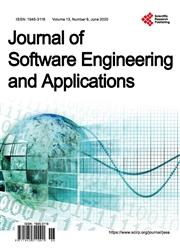Mobile Application for Research Knowledge Sharing and Dissemination: The Case of Nm-Aist Univeristy Tanzania
引用次数: 0
Abstract
The utilization of mobile and web applications has surpassed all other platforms in terms of disseminating researchers’ knowledge among diverse communities throughout the world. The current method of disseminating re-searchers’ knowledge to the communities in the Arusha region in Tanzania is through meetings, workshops, and focus group discussions held by researchers, agricultural extension officers and community members after every three months or during field study. Yet the strategy is inefficient and ineffective in practice. The purpose of this study was to determine the most efficient and successful method of disseminating knowledge in communities. The study began with a qualitative phase, utilizing an interpretive technique and a qualitative multiple case study research design. The Arusha region in Tanzania was selected as a case study where different social activities were undertaken, including farming, livestock keeping, tourism activities and fishing. Individual participants were interviewed by using a semi-structured questionnaire. In addition, focus group discussions were conducted to gather more information regarding the needs of the mobile application. Through the implementation of the application, the second phase of the study led to the development of a mobile application that includes community members, agricultural extension officers, and researchers that will enable anyone to install the application on their mobile phones to access knowledge regarding activities undertaken in Arusha. According to the findings of the first phase of the research, a substantial percentage of community members own mobile phones, and hence a mobile application would be sufficient. The research also found that most re-searcher-community interactions occur at the data collection and intervention研究知识共享与传播的移动应用:以坦桑尼亚奈姆阿斯特大学为例
本文章由计算机程序翻译,如有差异,请以英文原文为准。
求助全文
约1分钟内获得全文
求助全文

 求助内容:
求助内容: 应助结果提醒方式:
应助结果提醒方式:


